搪瓷茶缸
◎ 万全
每走进百货公司,看到那些洁白的、柔和的、米黄色的(1)和花色诱人的搪瓷茶缸,总感到一种愉快。
上中学的时候,由于少女的洁癖(2),喜欢使用白色的搪瓷器皿。记得那时候要买一只瑞典货的纯白大茶缸,要花五块多光洋,得进“惠罗公司”之类外国铺子。1939年在重庆,某商店从滇缅路运进来一批搪瓷茶缸(3),价钱当然比战前更贵。我凑足了钱,托朋友进城捎了一只;我的朋友也许过于紧张(4),一出商店门就将茶缸掉在地上,摔脱了一块瓷。
以后,我带着这只有疤痕的茶缸(5)进了抗日根据地。它的用途倒意外地多起来了——喝水、盛饭、热菜,给生病的同志煮粥,必要时还可以代行“面盆”、“浴缸”的职责。从此,茶缸和我有了进一步的“战斗的友情”。
1946年来到北平,很想买一只新的茶缸,代替那只为我鞠躬尽瘁的旧茶缸(6)。可是当时的北平还不易买到这玩意(7)。有一次,在东单小市上,在一个只有几件售品的地摊上,我发现了一只纯白的瑞典茶缸。这正是我所需要的。可是地摊女主人的索价超过我的购买力。我希望她降低售价,她竟眼泪盈眶;这时我才发觉她是一个知识分子模样的青年妇女。她解释说家有病人等钱吃药,所卖的是自己家用的东西。我马上尽我所有付了价款。她劝说我再买一件什么,我虽然心情沉重,很想帮她的忙,但也实在没有钱了。以后,离开了北平,这只茶缸又陪伴我经历了解放战争中的几年,而且,它常常使我清晰地回忆起那位青年妇女的含泪的眼神——在穷困与内战中经受着痛苦的(8)北平人民的眼神。
1949年又进入城市。我的丈夫以他的全部零用钱买了一只米黄色茶缸赠我,作为胜利的纪念。这一只是美国货,当时百货店说:“这种米色搪瓷只有美国货。”可惜,它对于我并不重要了。一来因为年岁增加,已经失去对于某些生活小节的执著;二来和平的城市生活中,茶缸的用途已经回复正常。可是,至今我碰到各种搪瓷茶缸,仍不免要看它们一眼。因为像瑞典货一样纯白的也好,“只有美国货”的米黄色的也好,都已经是我们中国的出品了(9);而且品种花色常在增加,价钱也便宜得多了。
当年东单地摊上那位出卖了自用茶缸的主妇,想必早已添置了我国自制的新的茶缸吧。
The Enamel Mug
◎ Wan Quan
Whenever I visit a department store,I always take delight in seeing the enamel mugs which,pure white or creamy,are graceful in pattern and colour.
In my middle school days,I preferred to use white enamelware because,like most young girls,I was very particular about cleanliness.In those days,I remember,a Swede-made pure white mug would cost five silver dollars,and it was obtainable only at a foreign firm.In 1939,a certain store in Chongqing offered for sale,at a price of course higher than in prewar days,a stock of enamel mugs they had laid in through the Yunnan-Burma highway.With the money I had raised.I asked a friend leaving for town to buy an enamel mug for me.Unfortunately,probably due to nervousness,he dropped it onto the ground the moment he stepped out of the store and had it chipped.
Afterwards I went to the anti-Japanese base area carrying with me the enamel mug with a chip in it.Unexpectedly,over there it turned out to be a multipurpose utensil.It was used for carrying drinking water or cooked rice,for heating up food,cooking congee for sick comrades,and,when necessary,as a substitute for a basin or bathtub.Thenceforth,the militant friendship between it and me became even more profound.
In 1946,when I came to Peiping[1],I was eager to buy a new enamel mug to replace the old one which had given me years of devoted service.But a new one was hard to come by in the then Peiping.Once,while roaming about a small market in Dongdan[2],I came across a pure white Swedish enamel mug at a roadside stall displaying only a handful of articles for sale.That was just what I needed.But the price asked by the woman owner of the stall was too high for me.When I bargained,I noticed tears brimming in her eyes.And then I also realized that she was sort of an educated young woman.She said what she had for sale was her personal belongings because she was badly in need of money to pay for the medical care of someone at home.Thereupon,I gave her all the money I had with me for the mug.She hoped that I would buy one more article from her.But,sympathetic as I was with her,I couldn’t buy anything else because I really had no money left in my pocket.Later,after leaving Peiping,I went through several years of the War of Liberation in company with the mug which often reminded me vividly of the tearful eyes of the young woman—tearful eyes typical of the common people of Peiping in the throes of hunger and civil war.
In 1949[3],I again came to live in Peiping.My husband used all his pocket money to buy me a creamy enamel mug in commemoration of the victory of the War of Liberation.It was of US make.“All creamy ones are US products,”declared the salesman.But the mug isn’t so important to me now because firstly,at my age,I’m no longer so particular about trivial matters in my personal life,and secondly it has resumed its normal uses in peaceful urban life.Nevertheless,up to now,whenever I come across enamel mugs of any kind,I still cannot help taking a look at them.It’s because both pure white Swede-made and creamy US-made mugs have now given way in the market to Chinese products of ever increasing variety of colours and designs and much lower prices.
The woman owner of the roadside stall at Dongdan who sold me her personal mug must have long ago bought a new one of Chinese make for her own use.
[1] Peiping was the pre-Liberation name for Beijing.
[2] Dongdan,a busy street in the southeastern area of downtown Peiping(now Beijing),was known in pre-Liberation days for a host of roadside secondhand stalls frequented by low-income city dwellers.
[3] The year 1949 saw the founding of the People’s Republic of China.
散文《搪瓷茶缸》出自一个不知名的作者——万全,写作年月也不详,据说最初发表在20世纪50年代《人民日报》副刊上。文章语言朴实无华,语调平和,感情真挚,人情味盎然,内容涉及区区生活小事,但却反映出时代的变迁,读后回味无穷,故乐于为之英译。
注释
(1)“米黄色的”译为creamy。也可译为creamy-coloured、ivory、ivory-coloured等。
(2)“洁癖”本意是“过分讲究清洁的癖好”,这里可按“特别讲究清洁”之意译为was very particular about cleanliness,其中particular about可换用fastidious about,都表示“讲究”,但语气较重。文中“洁癖”也可译为I was very cleanly(我非常爱干净)。
(3)“从滇缅路运进来一批搪瓷茶缸”译为a stock of enamel mugs they had laid in through the Yunnan-Burma highway,其中had laid in(to lay in)是成语,意为“储存”,to lay in a stock of…作“进一批……货”解。又“滇缅路”是公路,故译the Yunnan-Burma highway。
(4)“过于紧张”译为nervousness。也可按“过分小心”之意译为over cautiousness。
(5)“有疤痕的茶缸”译为the enamel mug with a chip in it,也可直译为the enamel mug with a scar或the scarred enamel mug,保持原文的比喻。
(6)“为我鞠躬尽瘁的旧茶缸”译为the old one which had given me years of devoted service,其中years of是增益成分,原文虽无其词而有其意。
(7)“可是当时的北平还不易买到这玩意”译为But a new one was hard to come by in the then Peiping,其中to come by是成语,作“得到”、“弄到”解,用以表达原文的“买到”。
(8)“在穷困与内战中经受痛苦的”译为in the throes of hunger and civil war,其中in the throes of…是成语,做“经常……的痛苦”解。
(9)“都已经是我们中国的出品了”按“都被国货替代了”译为have now given way in the market to Chinese products,其中have given way to(to give way to)是成语,作“让位于……”解。又,in the market是译文中的增益成分。






